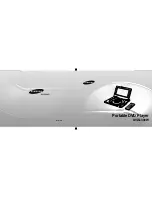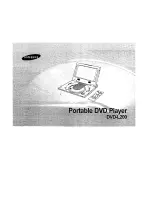
34
INSTALLATION TYPE C33 - ROOF COAXIL EXHAUST FUMES Ø 60/100
Fig. 27
Mod.
35
45
COAXIAL TUBE
12
12
INSTALLATION TYPE B23 - ROOF EXHAUST FUMES Ø 80
Fig. 25
MAXIMUM ADMISSION LENGTHS (m)
MAXIMUM ADMISSION LENGTHS (m)
MAXIMUM ADMISSION LENGTHS (m)
Mod.
35
45
FUMES TUBE
FUMES TUBE
34
34
INSTALLATION TYPE B23 - ROOF EXHAUST FUMES Ø 60
Fig. 26
Mod.
35
45
24
24
WARNING!
the aforesaid lengths are to be understood in the case of installations in which
the air tube and the flue pipe carry out a linear path as shown in the figure.
Otherwise it is necessary to proceed with the calculation of the load loss check
(see EXAMPLE OF CALCULATION).
WARNING!
the aforesaid lengths are to be understood in the case of installations in which
the air tube and the flue pipe carry out a linear path as shown in the figure.
Otherwise it is necessary to proceed with the calculation of the load loss check
(see EXAMPLE OF CALCULATION).
WARNING!
the aforesaid lengths are to be understood in the case of installations in which
the air tube and the flue pipe carry out a linear path as shown in the figure.
Otherwise it is necessary to proceed with the calculation of the load loss check
(see EXAMPLE OF CALCULATION).
7.5 CONDUCT EVACUATION
The MEC MIX series generators are equipped
as standard with a condensation drain kit to be
connected (by the installer) to the special outlet on
the bottom of the generator.
Connect the two pieces of the kit (present in the bag
supplied as standard): unscrew the upper ring nut of the
“condensation drain siphon”, insert the “condensation
drain connection collar” in aluminum (with the connection
to the outside) and re-tighten the ring.
At this point, screw the kit (assembled) on the side
of the “aluminum mounting collar” to the generator
outlet (Figure 28).
The outlet on the lower part of the appliance has
been set up so that it remains usable even when the
swiveling cross-piece bracket (accessory) is fitted.
Adjust the siphon so that the drain fitting of this is facing
the path intended for the drain pipe (Figure 29).
The drain connection to the sewage system must be
carried out at atmospheric pressure, ie by dripping
in a siphoned container connected to the sewage
system, interposing a suitable condensate neutralizer
provided for by the installation standards.
For the realization of the conveying pipes of the
condensates, suitable materials must be used to
withstand over time the mechanical, thermal and
chemical stresses of the condensates, such as
for example stainless or plastic pipes (PP). Do not
use copper or iron pipes, materials that can be easily
attacked and deteriorated by the condensation acidity.
The condensate disposal system, including the
siphon, must be adequately protected from the risk
of freezing of the condensate in the circuit.
It is advisable to run the condensate collection system
inside the heated rooms.
Make sure that the condensate collection pipes are
tight, and before use, the siphon must be filled with
water and sealed with the appropriate cap, in order to
avoid the burning gases coming out during the initial
ignition phase.
In the absence of specific technical standards, refer
to the provisions of the UNI 11071 standard.
CONDENSATE DISCHARGE SIPHON POSITION
Fig. 28
PARTICULAR INSTALLATION SIPHON
DISCHARGE CONDENSE
Fig. 29
Connection for siphon inspection
Attack for condensation
drainage (by the installer)
















































